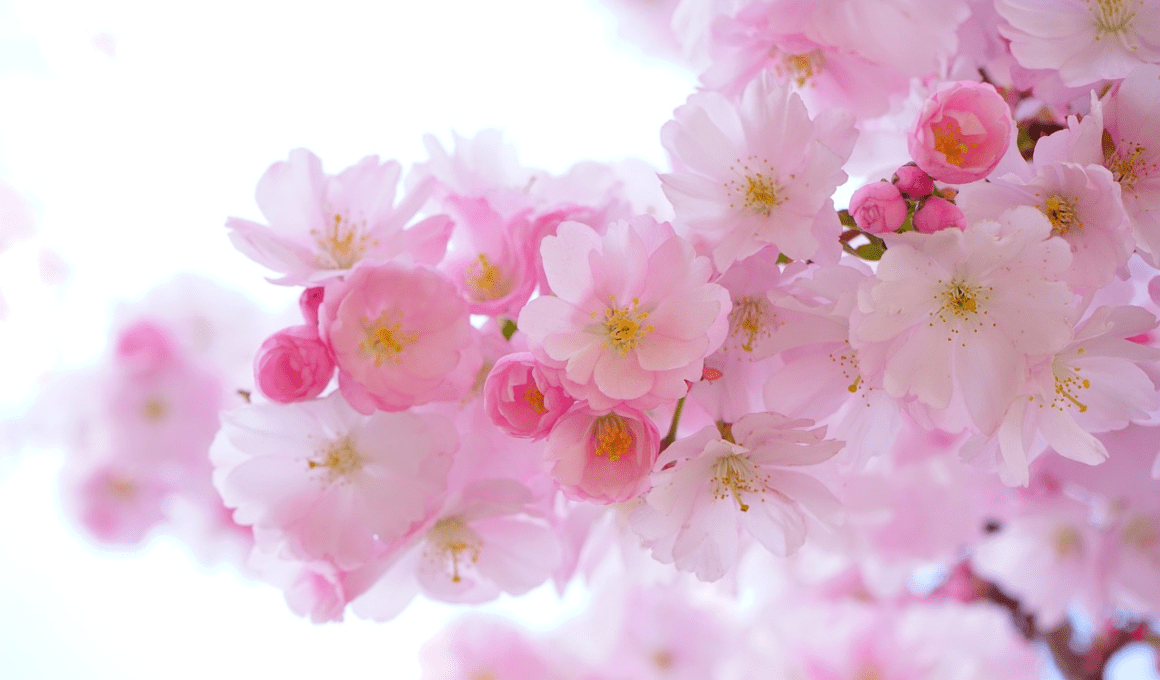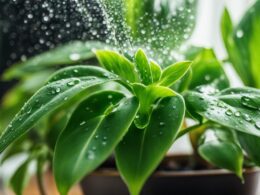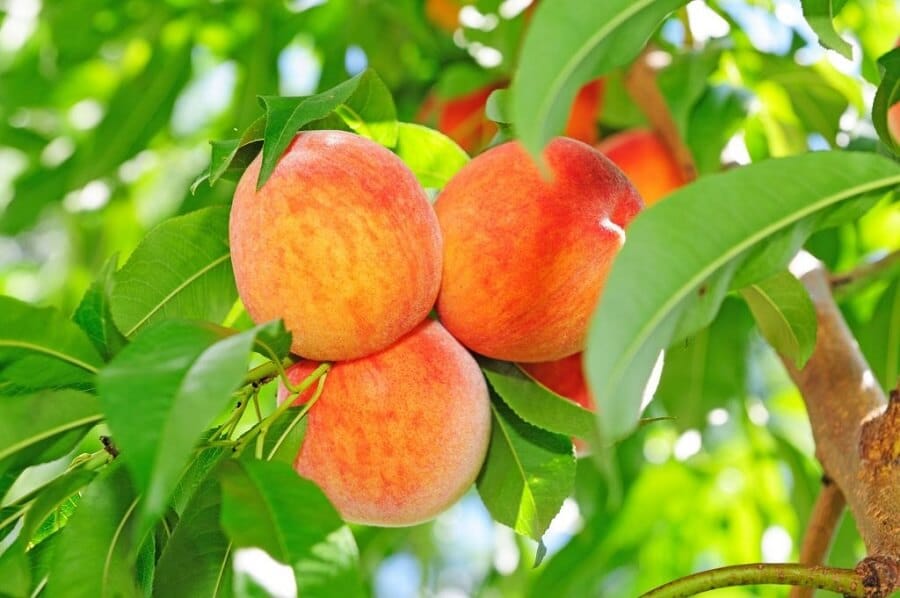Are you tired of watching your potted plants wilt and die despite your best efforts to water and care for them? Proper drainage is the key to keeping your plants healthy and thriving. Using the right potting mix and materials can make all the difference in the world.
In this article, we’ll explore the best drainage materials for potted plants and share tips for improving drainage to help you keep your plants in tip-top shape. When it comes to potted plants, proper drainage is crucial for their survival. Without it, water can accumulate in the bottom of the pot, leading to root rot and other issues that can quickly kill your plants.
Using the right potting mix and materials can help ensure that your plants receive the right amount of moisture retention and drainage they need to stay healthy. By following the tips and recommendations in this article, you’ll be able to create the perfect drainage setup for your potted plants and enjoy beautiful, thriving greenery in your home or garden.
Quick Takeaways
- Proper drainage is crucial for the survival of potted plants.
- Using the right potting mix and materials ensures proper moisture retention and drainage.
- Coarse sand, activated charcoal, and perlite can improve drainage and prevent water pooling.
- Rocks or gravel can hinder proper drainage and cause blockages, and old-school recommendations may not work effectively.
Importance of Proper Drainage
You need to understand the importance of proper drainage for your potted plants and why old-school recommendations may not work, according to this article on the best drainage material for potted plants.
Proper drainage is essential for the health of your plants because it allows excess water to flow out of the pot, preventing the roots from becoming waterlogged and rotting.
When the soil in your pot is too dense, water cannot drain out properly, which can lead to root rot and other plant diseases.
The soil composition of your potting mix can affect drainage, and old-school recommendations such as using rocks or gravel at the bottom of the pot may not provide the expected drainage.
Instead, it’s recommended to use a well-draining potting mix that provides the right amount of moisture retention and drainage for different types of plants.
The article suggests that the best drainage material should be based on availability, cost, effectiveness, and ease of use.
Best Drainage Materials
Consider using specific soil mixtures, coarse sand, activated charcoal, or perlite as options for improving drainage in your potted plants, rather than relying on traditional but ineffective materials like rocks or gravel. Different types of potting mixtures provide the right amount of moisture retention and drainage for different types of plants.
Coarse sand can be added to dense soil to improve drainage, while activated charcoal can be used to improve drainage even in pots with no drainage holes. Perlite can be an effective additive to existing soil to improve drainage.
Using rocks or gravel as drainage material may seem like an old-school recommendation, but it can actually hinder proper drainage and lead to waterlogged soil. The downsides of using rocks or gravel as drainage material include potential blockages of drainage holes, which can cause water to accumulate at the bottom of the pot and drown the plant’s roots. Additionally, rocks or gravel can compact over time and reduce the amount of air and water that can flow through the soil.
Opting for well-draining potting mixtures or adding materials like coarse sand, activated charcoal, or perlite can provide the necessary drainage for healthy plant growth.
Tips for Improving Drainage
To improve the drainage in your potted plants, consider adding coarse sand or activated charcoal to the soil. These materials will help prevent water from pooling at the bottom of the pot, which can lead to root rot and other plant health problems.
Activated charcoal is especially effective at improving drainage, even in pots without drainage holes. Simply add a layer of charcoal to the bottom of the pot before adding soil.
When it comes to creating a drainage layer in your pots, avoid using rocks or gravel. These materials do not provide adequate drainage and can actually impede water flow.
Instead, try using materials like perlite or vermiculite, which will allow water to flow freely through the soil. By choosing the right materials and following proper drainage techniques, you can help ensure that your potted plants stay healthy and thriving.
Frequently Asked Questions
How often should I water my plants if I’m using a well-draining potting mix?
When using a well-draining potting mix, you should water your plants when the soil moisture level is low. Check the soil with your finger and water when it feels dry. Over-watering can lead to root rot, so be cautious.
Can I use regular garden soil in my pots instead of a specific potting mix for my plants?
Using garden soil in pots is not recommended as it can cause poor drainage and harm to your plants. Potting mix is specifically designed for potted plants, providing proper moisture retention and drainage for healthy growth.
Is it necessary to have drainage holes in my pots for proper drainage?
Proper drainage is crucial for plant growth. If your pots don’t have drainage holes, alternative methods include adding perlite or coarse sand to the soil, or using activated charcoal. These options ensure your plants get the right amount of moisture retention and drainage.
Can I use plastic or ceramic pots instead of clay pots for better drainage?
For better drainage, use porous materials like clay pots instead of plastic. Porous materials allow excess water to escape, preventing root rot. Using them in potting mixes improves overall plant health.
How can I tell if my plant is suffering from overwatering or poor drainage?
To identify overwatering, check if the soil is constantly wet, has a bad odor, or if the leaves turn yellow or wilt. Proper watering techniques include only watering when the soil is dry and ensuring proper drainage.








